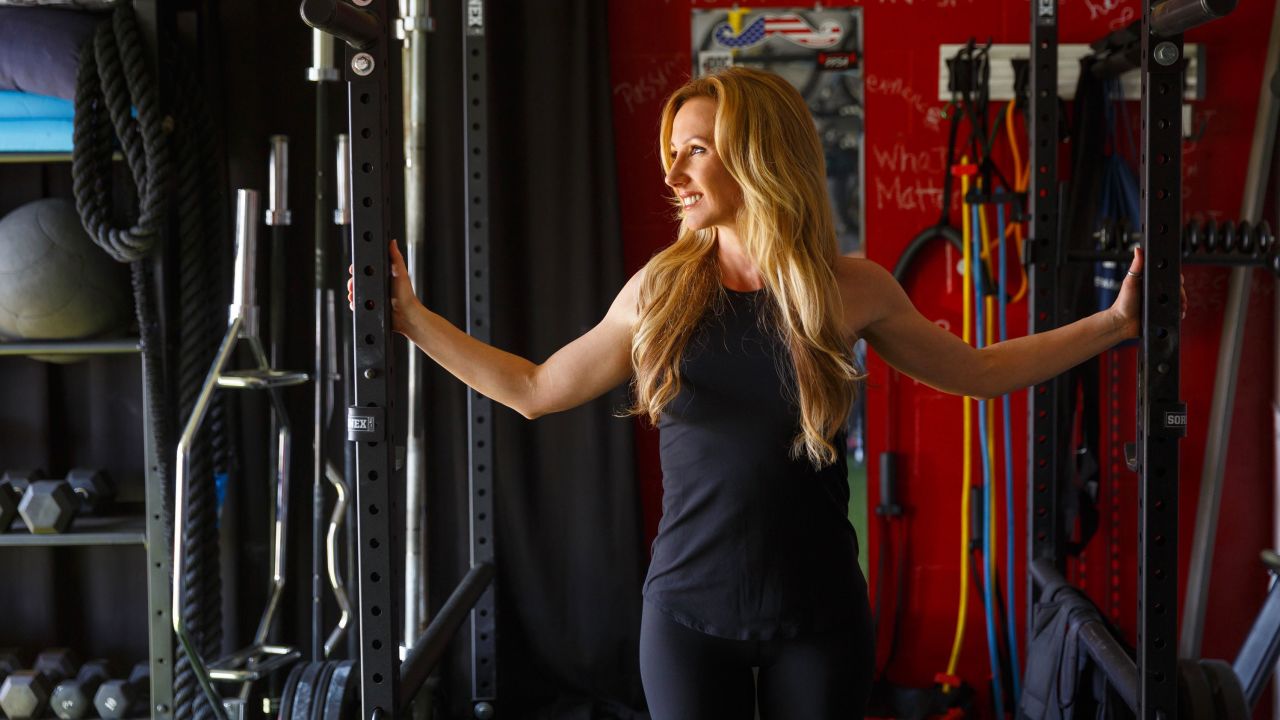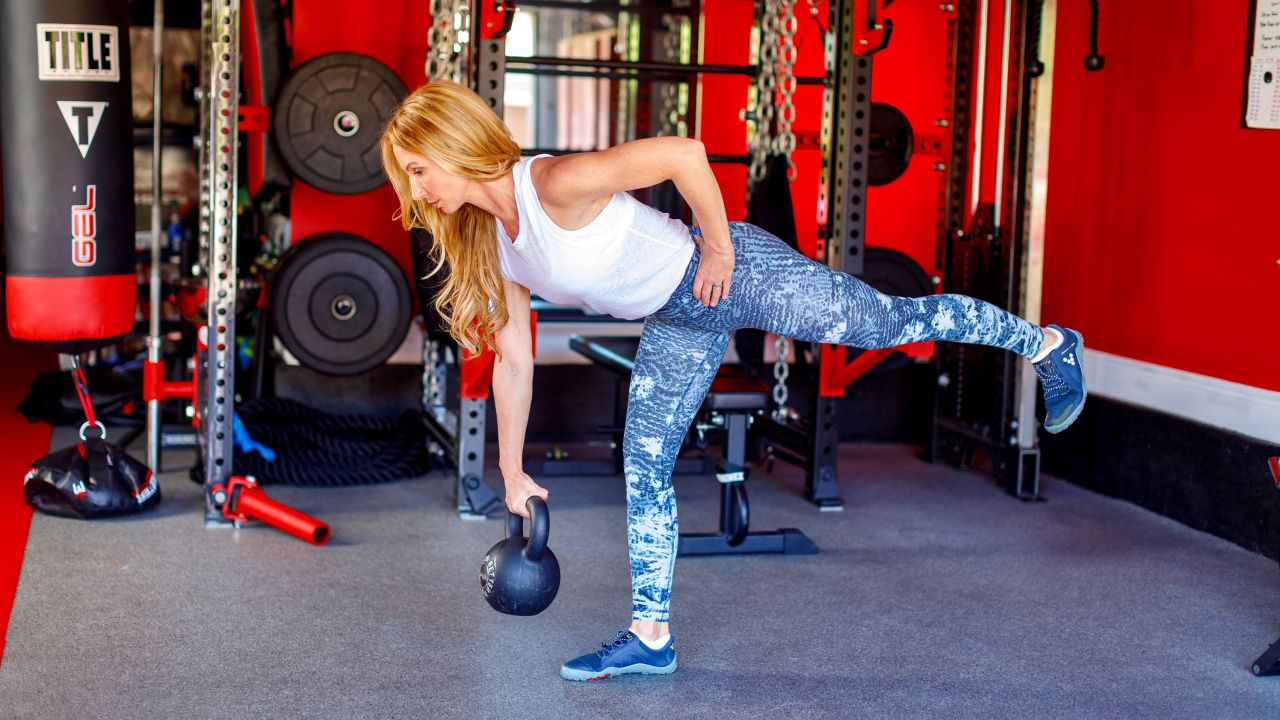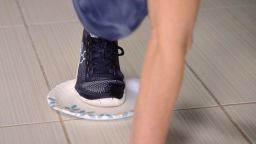Editor’s Note: Dana Santas, known as the “Mobility Maker,” is a certified strength and conditioning specialist and mind-body coach in professional sports, and is the author of “Practical Solutions for Back Pain Relief.”
With the weather warming up, you might feel inspired to clean out your closets, wash your windows and give your house a deep scrub and reorganization. Not only is a clean environment good for your physical health, but research has shown that the good feelings you get from having a clean, uncluttered home reduce stress levels and ward off depression.
Imagine how great you would feel if you took that same spring-cleaning approach to your body — your living, breathing home.
Of course, you should already be subscribing to annual checkups with your primary care physician and eye doctor, and you may even see your dentist biannually. But what about taking a closer look at how you fuel and move your body — and making healthy changes to clean up those areas?
As a mind-body coach in professional sports, I work with coaches, medical staff and expert consultants every year during baseball spring training to help players prepare their bodies for the season. In addition to conducting annual physicals, we do nutritional and movement assessments to create appropriate action plans.

You may not be a professional athlete, but your body is still the vehicle used to navigate your life, and the quality of its ability to move and how well you feel in it affects the overall quality of your life.
That’s why I enlisted the help of two nutrition and human movement experts to provide 10 “spring-cleaning” tips to avoid injury, move pain-free, reduce inflammation, maintain a healthy weight and generally feel better in your body.
Important note: It’s recommended to consult your doctor before starting any new exercise programs or dietary changes.
1. Avoid trendy ‘cleanses’
You might expect a cleanse to be tip No. 1, but think twice before you dive into one of the many popular advertised cleanses. A lot of them can “do more harm than good,” according to registered dietitian Angie Asche, owner of Eleat Sports Nutrition and author of “Fuel Your Body: How to Cook and Eat for Peak Performance.” Asche said cleanses can be dehydrating and contain herbal supplements with potentially negative side effects and contraindications with certain medications. What’s more, some of these regimens don’t deliver on their promise, according to the National Institutes of Health. “Most are missing key nutrients that are necessary for your body to naturally detoxify,” she explained.
2. Naturally ‘cleanse’ by eating more plants
Fiber, found in plant foods, is the key to safe and efficient cleansing, according to Asche. She advises eating five to nine fruits and vegetables daily for bowel regularity and weight management. “Not only do plant foods like nuts, seeds, legumes, whole grains, fruit and vegetables contain antioxidants,” Asche said, “but the more variety of plants we have in our diets, the better for the diversity of our gut biome.”
3. Cut out ultraprocessed foods
With your focus on eating more real, whole foods rich in fiber, Asche also recommends limiting ultraprocessed packaged foods such as cookies, candy, crackers, baked goods and fried foods. These foods are full of saturated fat, sodium, sugar and preservatives while being devoid of nutritional value.
4. Drink enough water
How much water you drink affects all the functions of your body — including your mental performance; a body water loss of just 1% to 2% can impair cognitive function. To promote good health and weight management, Asche advises drinking at least half your body weight in ounces daily but said the amount can vary depending on a person’s activity level.
5. Reduce alcohol intake
Asche said that most fluids, including tea, coffee and carbonated water, can count toward your water intake, but she points out that alcohol does not — and should be limited. “In large amounts, alcohol can overwhelm the gut, promoting intestinal inflammation and increasing harmful bacteria … (which) can lead to a wide range of health problems,” she said.
6. Do a movement assessment
Screens that look at your ability to do functional movements, such as squatting and lunging, are a great way to proactively prevent injury, according to physical therapist Gray Cook, a cofounder of Functional Movement Systems.
“Signs of weakness, tightness and balance problems can be early indicators of arthritis and posture issues as well as increased injury risk for athletes and fall risk for the elderly,” Cook said.
You can get the assistance of a physical therapist or qualified trainer to perform a movement assessment, but a recent study showed that self-movement assessment (using an app codeveloped by Cook) is valid and reliable for identifying musculoskeletal risk factors.
7. Be intentional about your exercise
Whether working with professional athletes or doing my own workouts, I ensure that I cover all primary functional movements in all planes of motion in every training session. Executing that kind of total-body workout sounds more complicated than it is. It’s simply about practicing and strengthening your ability to perform your body’s basic movement functions: squatting, hinging, pushing, pulling, rotating and stabilizing your core.
And, just like the multidirectional movement of everyday life, it helps to exercise in all three planes of motion: sagittal (forward/backward), frontal (side to side) and transverse (rotating). You can easily practice these movements with a body-weight workout or yoga flow.
8. Exercise regularly to live longer

The key to exercise’s effectiveness is consistency. With as little as 11 minutes of exercise per day, you can enjoy numerous health benefits — including increasing your life span. Walking outside is a great way to get in those 11 minutes daily, and because of the alternating and reciprocal nature of gait, it offers the opportunity to tune into your body and self-assess by noticing if there are any imbalances.
9. Breathe better to move better and feel better
Breathing plays a vital role in how you think, feel and move. In addition to reducing your heart rate, blood pressure and stress response, learning how to breathe better will improve your diaphragm function and rib mobility, which can improve posture and reduce back pain. Practice taking breathing breaks a few minutes throughout your day.
10. Get enough sleep
Sleep is essential for overall health. Adults need at least seven hours of sleep nightly, according to the US Centers for Disease Control and Prevention. If you’re not getting that minimum amount of shut-eye, it’s time to clean up your sleep routine and start prioritizing rest.
Just like the physical and mental benefits of traditional spring-cleaning within your home, these 10 tips will refresh and revitalize your body and mind in noticeably positive ways.
Sign up for CNN’s Fitness, But Better newsletter series. Our seven-part guide will help you ease into a healthy routine, backed by experts.
Article From & Read More ( Reset your body and mind with 10 'spring-cleaning' tips - CNN )https://ift.tt/xrGOm39






Tidak ada komentar:
Posting Komentar